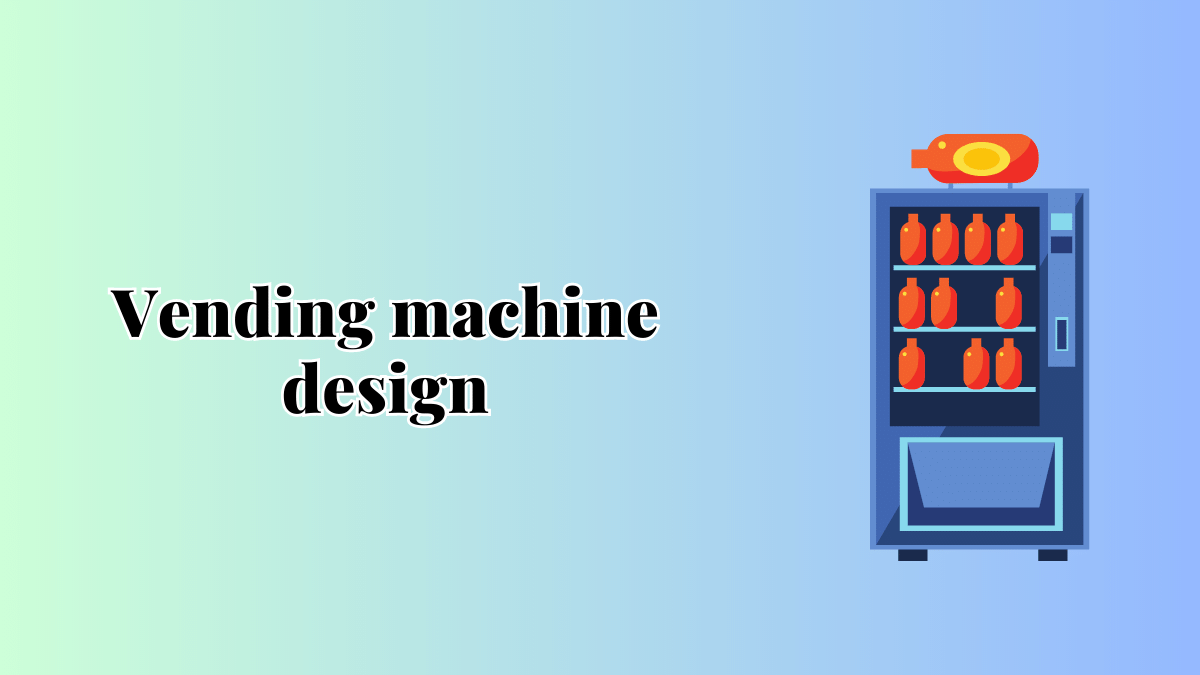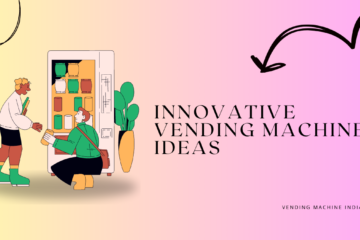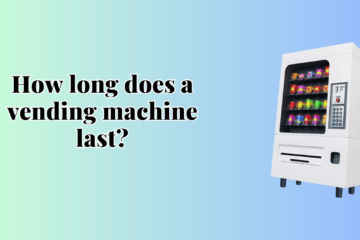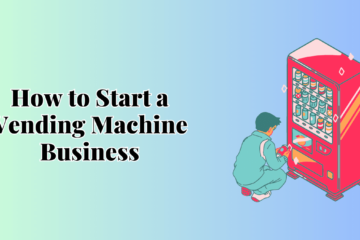Vending machines have come a long way since their humble beginnings, revolutionizing the way we purchase products on-the-go. These automated retail marvels have not only changed the retail landscape but also evolved significantly in terms of design and functionality. In this article, we will explore the fascinating world of vending machine design, highlighting its evolution, user experience, and the future prospects.
1. Evolution of Vending Machines
a. Early Concepts and Inception
The concept of vending machines dates back to ancient times when various ingenious devices were used to dispense products like holy water, tobacco, and books. The first recorded commercial vending machine was created in the early 1880s, dispensing postcards. Over the years, vending machines diversified, catering to different products and industries.
b. Technological Advancements
With the advent of technology, vending machines underwent a transformation. The incorporation of electricity and refrigeration enabled the vending of perishable goods, such as snacks and beverages. Modern vending machines are equipped with digital displays, touch-screen interfaces, and state-of-the-art payment systems, making the process swift and seamless.
2. Understanding Vending Machine Design
To ensure an impeccable user experience, vending machine design focuses on several key aspects:
a. Exterior Aesthetics
The first impression matters, and vending machine manufacturers understand this well. Contemporary machines boast eye-catching designs and branding, making them visually appealing to potential customers. Sleek and modern exteriors often pique curiosity and attract more users.
b. User Interface and Experience
User-friendliness is crucial for vending machines. The user interface should be intuitive, enabling customers to navigate through options effortlessly. Additionally, the experience should be engaging, perhaps with interactive screens or gamified elements, leaving a lasting impression on the user.
c. Product Display and Organization
A well-organized product display enhances the overall user experience. From adjustable shelves to specialized compartments, vending machines must accommodate various product sizes securely. Furthermore, proper product arrangement ensures easy access and reduces the chances of technical glitches.
d. Payment Systems
Convenience in payment methods is a priority for vending machine designers. Traditional coin slots have evolved into cashless payment options, including credit/debit cards, mobile wallets, and even contactless payments. This variety allows customers to choose their preferred payment mode.
e. Security Features
Vending machines deal with valuable products and money, making security a top concern. Advanced security measures, such as surveillance cameras, tamper detection systems, and robust locking mechanisms, protect the machine and its contents from theft and vandalism.
f. Remote Monitoring and Maintenance
To minimize downtime and maximize efficiency, vending machines now come with remote monitoring capabilities. Real-time data analytics and alerts help operators keep track of inventory levels, machine performance, and maintenance needs, ensuring seamless operation.
3. Designing Vending Machines for Specific Products
Vending machines are tailored to dispense various products, depending on their niche:
a. Food and Beverages
Food and beverage vending machines cater to the fast-paced lifestyle of people, providing snacks, beverages, and even hot meals. Innovative designs now incorporate heating and cooling elements to maintain the freshness of the items.
b. Electronics and Gadgets
Electronics vending machines offer convenience in purchasing chargers, headphones, and other gadgets. Secure and transparent display windows build trust and encourage users to make quick decisions.
c. Health and Personal Care
Health and personal care vending machines offer items like first aid kits, sunscreen, and personal hygiene products. These machines prioritize safety and hygiene by dispensing items in sealed packaging.
d. Novelty and Souvenirs
Tourist attractions often feature vending machines with novelty items and souvenirs. These machines add to the experience of the location and serve as delightful keepsakes for visitors.
4. Sustainability and Eco-Friendly Design
In recent years, there has been a growing emphasis on sustainable vending machine design. Manufacturers are incorporating energy-efficient components, using eco-friendly materials, and implementing recycling programs to minimize the environmental impact of these machines.
5. Vending Machines in Retail and Public Spaces
Vending machines are no longer limited to specific locations; they are prevalent in various retail and public spaces, including:
a. Shopping Malls
Vending machines in shopping malls offer shoppers a quick and convenient way to grab a snack, beverage, or other essentials while they browse through stores.
b. Airports and Transportation Hubs
Vending machines at airports and transportation hubs cater to the needs of travelers, providing them with last-minute items they might require during their journeys.
c. Hospitals and Educational Institutions
Vending machines in hospitals and educational institutions offer a 24/7 solution for staff, patients, and students to access necessities, especially during odd hours.
6. The Future of Vending Machine Design
The future of vending machines is laden with exciting possibilities:
a. Artificial Intelligence Integration
AI-powered vending machines can analyze user preferences and purchase history, allowing for personalized product recommendations.
b. Personalization and Data Analytics
Advanced data analytics will help vending operators optimize inventory management, ensuring popular products are always available.
c. Contactless and Touchless Interfaces
In response to the global pandemic, vending machines will incorporate touchless interfaces for safer transactions.
Conclusion
Vending machine design has come a long way, transitioning from simple product dispensers to sophisticated automated retail solutions. The blend of innovation, user experience, and sustainability has led to the widespread popularity of vending machines in various settings. As technology continues to advance, the future of vending machine design looks promising, promising enhanced personalization and seamless customer experiences.




